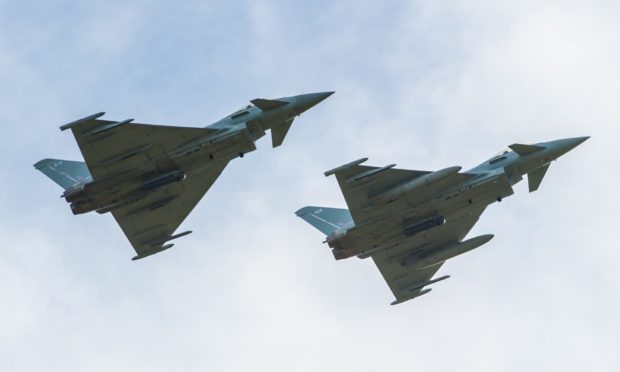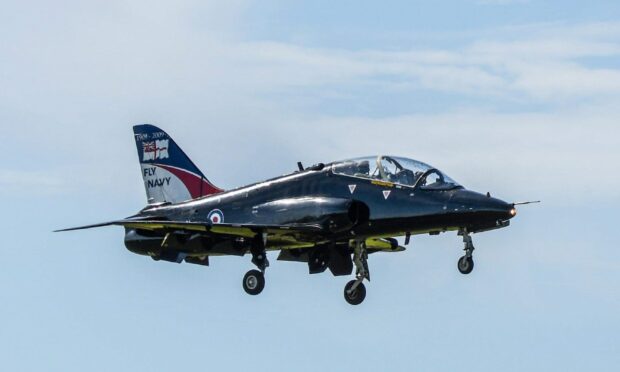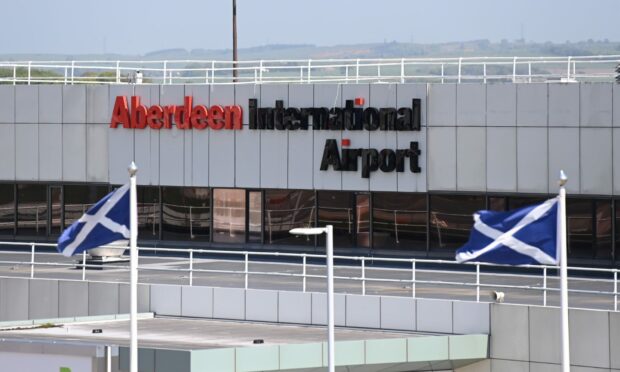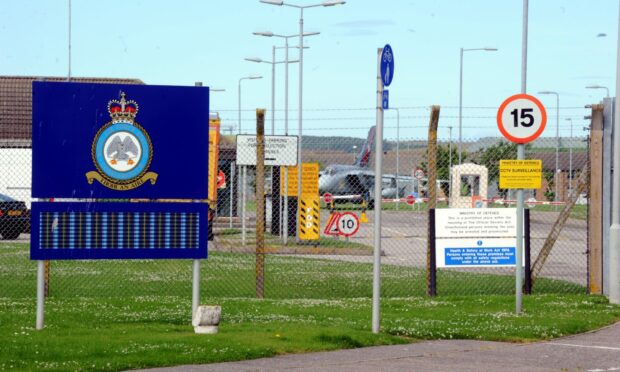A £100 million private sector air force could be recruited by the RAF to provide enemy fighter jets for “Top Gun” training over northern Scotland.
The Ministry of Defence (MoD) is currently seeking bidders for the contract, which it describes as an “urgent requirement”, with a start date of summer next year.
One expert predicted that the contractors providing the “Red Air” aggressor training could be based in northern Scotland, potentially at Aberdeen or Inverness airports, or RAF Lossiemouth.
The move has been described by the UK Defence Journal as “effectively a relaunch” of a previous programme which failed to get off the ground in 2019.
It is needed because the MoD is accelerating the retirement of the Hawk T1 fleet, which is currently involved in such “Red Air” training, as well as famously being used by the Red Arrows.
Older models of Typhoon jet, based at RAF Lossiemouth and RAF Coningsby, have also taken part in such training in recent years, but these “Tranche 1” aircraft are being taken out of service earlier than expected as well.
Aviation analyst Tim Ripley said: “They are in the process of retiring what they call the Hawk T1, which is the black Hawks based at RAF Leeming, and the Royal Navy ones that do the aggressor training at the moment.
“They are getting a bit long in the tooth and don’t really cut it, but it’s a bit too expensive to use RAF aircraft.
“So putting it out to a private supplier is not a big surprise.”
‘Inverness or Aberdeen’
Mr Ripley said the private sector contractors would also replace the Tranche 1 Typhoons at Lossiemouth, and he predicted they would be based in northern Scotland.
“This contract is going to take over from those RAF jets at Lossiemouth,” he said.
“They might be based at Lossiemouth but it is not a given that the private sector would do it from there.
“You would think they would probably be based somewhere in the north of Scotland to make the best use of it. Maybe Inverness or Aberdeen.”
Mr Ripley added that retired military pilots could be used for such training.
The location of the £100 million contract is listed as “Scotland”, and the winning firm would have to be within 30 minutes travel to the military’s North Sea training zone.
The UK’s main fast air stations are at Coningsby, Marham and Lossiemouth.
However, one UK Government source said the process was at an early stage and it was only “speculation” to suggest it would be located in northern Scotland.
A contract notice stated that the MoD was seeking to procure a “medium to fast speed Operational Readiness Training (ORT) aerial support service”, to enable “interim Red Air aggressor training for the RAF”.
It would only be offered to suppliers that can “provide the requirement with employees who are UK nationals”.
The contractor would be required to deliver an estimated 2,400 flying hours each year, with up to 12 sorties daily in a 15 hour flying window.
A RAF spokesman said: “The competition for interim Red Air aggressor training is ongoing.
“Bids will be evaluated against capability and value for money criteria, but no decisions have been taken.”



